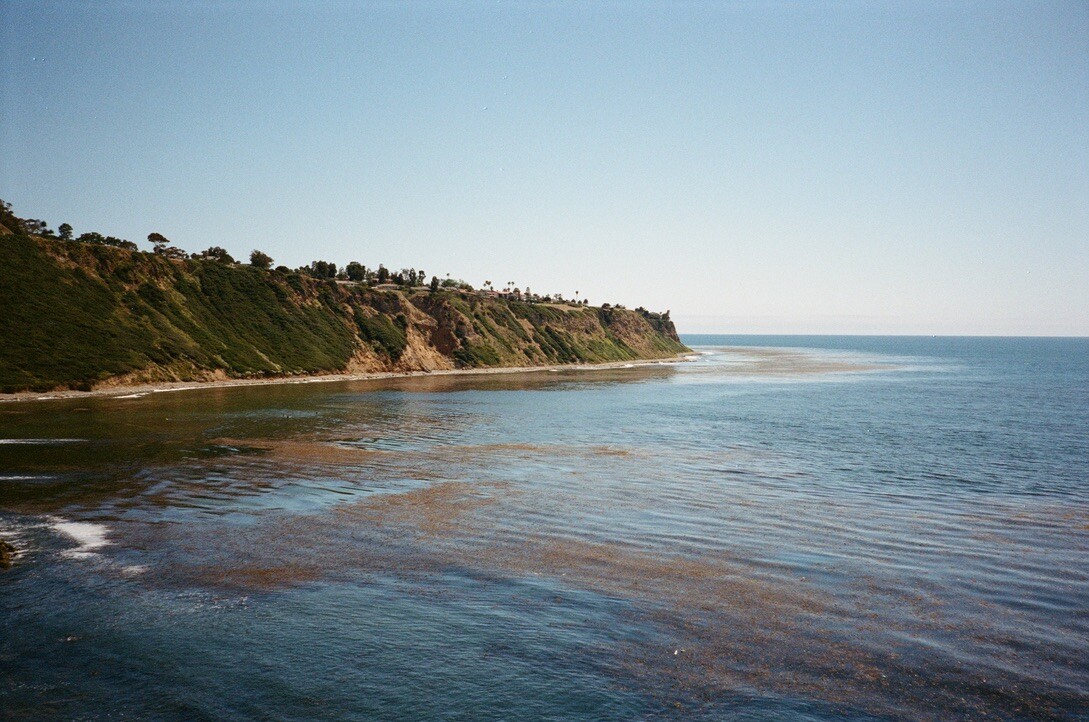
What’s Working and What’s Next?
The underwater world in Palos Verdes, California, often reminds me of a vibrant marine metropolis bustling with life. Bright orange Garibaldi fish, graceful bat rays, and sleek leopard sharks gliding through eelgrass meadows are common sights for beachgoers, paddleboarders, kayakers, surfers, and divers alike.
This marine spectacle is largely thanks to the waters of Palos Verdes belonging to California’s robust network of 124 Marine Protected Areas (MPAs) — spanning 1,110 miles from the Mexican border up to Oregon.
Imagine sanctuaries beneath the waves, places where marine life can thrive and biodiversity can have a chance to bounce back, free from fishing and other extractive activities. California’s globally renowned MPA network, established by the landmark 1999 Marine Life Protection Act (MLPA) and formalized in 2012 does exactly that.

The Decadal Management Review
Managed by the California Fish and Game Commission (FGC) and the California Department of Fish and Wildlife (CDFW), MPAs are not only a haven for marine life to rebound from unsustainable fishing practices, but they also help combat climate change, serve as a vital component of California's thriving $44 billion dollar ocean-based economy, and play a crucial role in achieving California’s ambitious 30x30 goal to permanently conserve 30% of state lands and 30% of California’s coastal waters by 2030.
In a comprehensive effort to assess effectiveness after 10 years of network protections, the California Fish and Game Commission recently spearheaded the first California Decadal Management Review (DMR) which was released in early 2023. The goal was to review how the network is performing based on four key management pillars: outreach, education, enforcement, and monitoring.
Based on reports monitoring the effectiveness of MPAs as a tool for increasing the health of California fisheries, it is clear that MPAs work. There are tangible results that have been measured which showcase improved marine biodiversity and ecological health. On the Northern California Coast in Point Lobos, protected giant kelp forests have acted as healthy habitat for red and black abalone stocks to significantly increase. In Central California inside the Channel Islands National Marine Sanctuary, previously fished species are found in nearly twice as much density. And in the coast off of San Diego in Matlahuayl State Marine Reserve, rock scallops and sheephead fish are more abundant and larger in size than their counterparts outside of protected waters (Changing Tides Report).
While these findings demonstrate the success of strong ocean protections, this 10-year mark is also a crucial opportunity to assess what adjustments are still needed to enhance the management and effectiveness of our MPA network. There is still much work to be done to ensure that MPA monitoring is as effective as possible and to make our network inclusive for all people, especially tribal groups.

The Petition Process: Considering Changes to the MPA Network
As part of the management review process the state is undergoing, the FGC has initiated a process to solicit and review public petitions between December 2023 and November 2024 that are meant to poll public requests for changes to our MPA network. The goal here has been to apply the vast learnings from the Decadal Management Review process to support proposed changes and recommendations to the network. Petitions can propose monitoring efforts, enforcement upgrades, outreach work, and actual shifts to MPA boundaries.
This petition process is bringing many stakeholders to the table, including nonprofit organizations like Surfrider, tribes, and all types of ocean-users. In December 2023, the FGC received 20 petitions requesting more than 80 unique changes to the network, with a broad range of opinions and perspectives represented.
Examples of petitions include proposals to allow monitoring and restoration in certain Orange County MPAs, or to create stronger protections for crabs and fish in the Big River Estuary in Mendocino County. These are potentially straightforward changes for the Fish and Game Commission to implement in the California MPA Network, so these petitions have been categorized as ‘Bin 1’ petitions and will be considered for approval at the FGC meeting on July 17th, 2024.
Other petitions address stickier issues, such as permitting the commercial take of sea urchins in specific areas and including tribal take exemptions and tribal co-management in regions like the Central Coast (it is widely acknowledged that tribes were marginalized or completely left out of the original MPA designation process, and policy changes are needed to address this pressing need). These petitions are categorized as ‘Bin 2 and 3 petitions’ and will be considered at future meetings.
Although Surfrider did not submit a petition to request changes to the network this round, we continue to advocate for increased and expanded monitoring, effective enforcement, and adaptive management in response to climate change.
We hope you can join us in celebrating our incredible Marine Protected Areas and we welcome your suggestions for the State to manage your local MPA in the most effective way possible!


Bluff Cove, Palos Verdes (2024, Newara Brosnan-Faltas)

Bluff Cove, Palos Verdes (2024, Newara Brosnan-Faltas)
